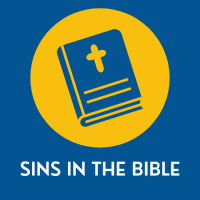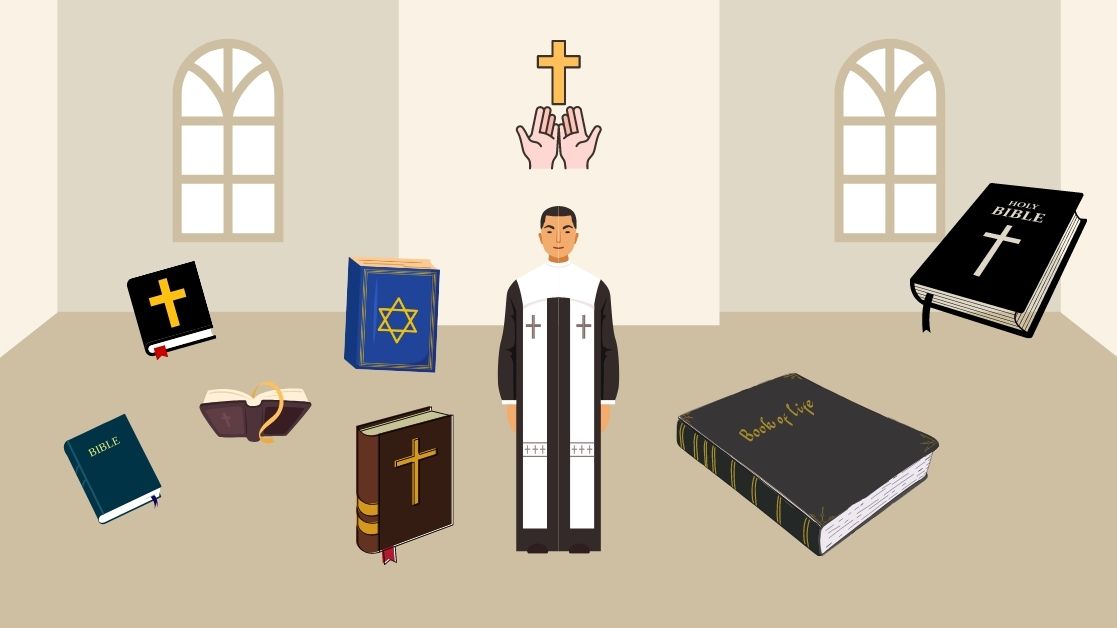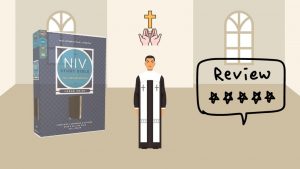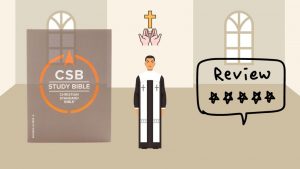The Bible is not a single book but rather an elaborate compilation of at least 66 volumes (Roman Catholic Bibles contain an additional seven books not accepted by Protestants) written by multiple authors over a long period.
As a result, the issue of Bible versions becomes complicated. Each text in the Bible has multiple ancient manuscripts, demanding rigorous translation into modern language.
Bible Translations
People often mistakenly use the terms “translation” and “version” interchangeably. However, they have distinct meanings. “Translation” refers to converting the Bible into different languages, while “version” pertains to the various editions or variations within a particular language. Therefore, having multiple versions within a single English Bible translation is possible.
Greek, Hebrew, and Aramaic were the original languages used in writing the Bible. All existing Bibles have been translated from these three primary languages. The manuscripts were divided into three categories based on the translation philosophy used: literal, dynamic, and free translation.
Literal Translation
The literal translation aims to preserve the precise phrases and words of the original text, demonstrating great faithfulness to the original manuscript. However, it can present challenges in terms of readability and comprehension, maintaining a consistent historical distance.
Examples of Literal Translations include The Holy Bible in Modern English, the New American Standard Bible (NASB), and the King James Version (KJV).
Dynamic Equivalent Translation
Dynamic Equivalent translation, also known as “Thought for Thought” translation, strives to preserve the original text’s historical correctness, grammar, and writing style. It aims to bridge the gap in understanding by conveying the intended meaning rather than a literal word-for-word translation.
Prominent examples of Dynamic Equivalent translations include the Revised English Bible (REB) and the New International Version (NIV).
Free Translation
In Free Translation, the focus is on translating all the ideas conveyed in the original manuscript without being constrained by the specific language or words used. It aims to eliminate historical distance and create an easily readable text. However, precision may be compromised in this approach.
Examples of Free Translations include The Message Bible, The Amplified Bible, Contemporary English Version, Philips Bible, and The Living Bible (TLB).
RELATED: Which Bible Should You Read? Choosing The Right Bible
Why Are There So Many English Bible Versions?
New translations of the Bible are necessary due to the constant evolution of language, which affects grammar, pronunciation, and vocabulary in every language, including English.
As a result, translations must be updated to reflect these changes so people can read the Bible in a language they understand.
As language evolves, the need for translating God’s word will persist. New Bible translations play a crucial role in delivering the message of God in a manner that resonates with each generation of readers, making it more personally meaningful to them.
Modern readers may encounter difficulties comprehending certain sections of the King James Version, written over four centuries ago. Given the extensive changes the English language has undergone since that time, it can challenge contemporary understanding.
The constant discovery of new manuscripts requires the creation of new Bible translations. During the initial translation of the King James Version in early 1611, only a limited number of Greek manuscripts were available for translating the New Testament.
However, over a hundred ancient Greek manuscripts written on papyrus had been discovered by the twentieth century. It is important to note that all Bible translations completed before 1947 did not incorporate the manuscripts found in the Dead Sea Scrolls. Consequently, the Bible had to be translated again to integrate and benefit from these significant discoveries.
Bottom Line
While versions of the Bible may change, the fundamental message remains unchanged. New translations are essential to ensure that the word of God remains accessible and meaningful to each generation. Hence, believers in the Bible should not be concerned about the introduction of new versions.
It is encouraged to explore and read various versions of the Bible, allowing individuals to determine which version resonates best with their personal preferences and needs. By engaging with different translations, you can find the most suitable and meaningful version.
READ ALSO: What Bible Do Catholics Use?




